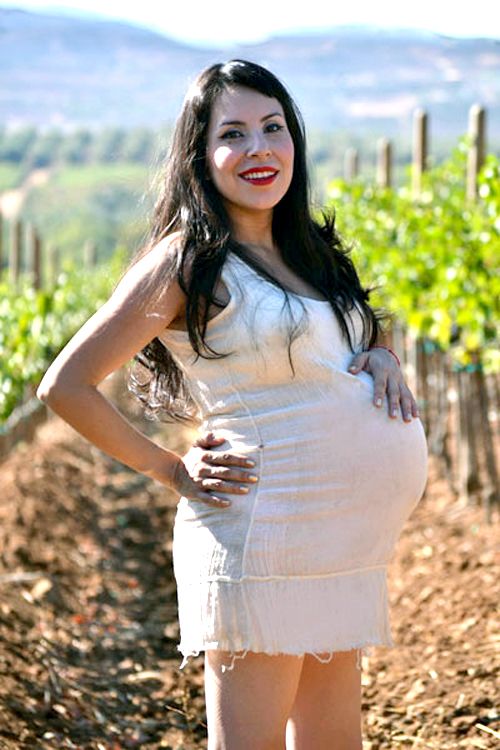

The autism risk that could be attributed to an individual pesticide is likely slight, said Alycia Halladay, senior director for environmental and clinical sciences at the nonprofit Autism Speaks. “We need to understand how multiple exposures interact with each other and with genetics to understand all that is involved in the causes of autism,” she said.
But while the risks reported in the study pale in comparison to some hereditary factors, Hertz-Picciotto said they are comparable to other risks for autism, such as advanced parental age or not taking prenatal vitamins.
“In any child who develops autism, a combination of genetic and environmental factors are at work. There’s an accumulation of insults to the system. What we’re seeing is that pesticides may be one more factor that for some kids may push them over the edge,” she said.
For the study, researchers obtained the women’s addresses and compared them to a state database that provides details about where, when and how often specific commercial pesticides were used. About one-third of the women lived within approximately one mile of pesticide-treated fields.
The researchers, however, do not know whether the women were exposed to the insecticides.
In 2012, the U.S. Environmental Protection Agency required buffers around fields near homes and schools to help reduce exposure to chlorpyrifos.
“Provided that pesticides are applied responsibly and according to federally mandated label instructions, people, including expectant mothers, should not be concerned about exposure to agricultural pesticides,” said Clare Thorpe, senior director of human health policy for CropLife America, which represents pesticide manufacturers.
More than 1.1 million tons of chlorpyrifos were applied to 22,000 California farms in 2012, down from 2 million pounds on 40,000 farms in 2005, according to the database from the state Department of Pesticide Regulation.
Most of the mothers lived near fields treated with several different pesticides over their pregnancies, so it’s difficult to tease apart the potential risk of individual chemicals, said epidemiologist Janie Shelton, the lead study author. Shelton is now a consulting scientist to the United Nations.
The study also reported an increased risk of developmental delays, but not autism, in kids whose moms lived near fields where carbamates, including methomyl and Sevin, were applied.
The researchers said that pesticides could impair brain development and signaling in a way that affects social interactions, learning and behavior.
Previous studies have also linked pesticide use in California to autism spectrum disorders. In 2007, Harley and colleagues found a two-fold increase in pervasive developmental disorders (the larger group to which autism belongs) among 531 children in California’s Salinas Valley whose mothers’ urine had higher levels of organophosphate pesticides. Another study from 2007 found that mothers who lived near fields with the highest applications of two now-banned pesticides—endosulfan and dicofol—were six times more likely to have kids with autism spectrum disorders.

 233k
233k  41k
41k  Subscribe
Subscribe 
